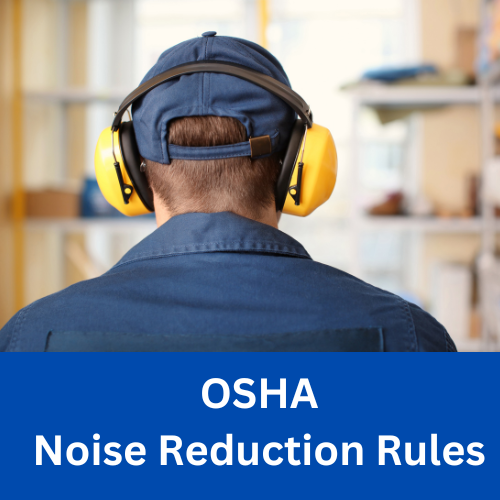As discussions around the housing crisis intensify, governments at every level aresearching for creative and…

Is Your Machine Safety Program Outdated?
To ensure worker safety, organizations rely on machine safety programs. These plans should address OSHA regulations, provide clearly written procedures and cover employee training on equipment. In our experience, these plans are often written once and then relegated to a dusty file cabinet. The program should be reviewed annually and as new equipment is added to ensure it is relevant and effectively protects employees for all equipment being used.
Machine Guarding
Machines are designed to reduce injuries, yet “workers who operate and maintain machinery suffer approximately 18,000 amputations, lacerations, crushing injuries, abrasions, and over 800 deaths per year,” according to OSHA.
OSHA Area Director Ken Montgomery in Cincinnati said, “Lack of adequate machine guarding remains one of OSHA’s most frequently cited hazards. Employers have a responsibility to continually review and update their procedures to ensure workers are protected on the job.” Any machine part that could cause injury must be guarded.
Types of Machine Guards
- Fixed guards: permanently attached to the machine or tool, don’t have any moving parts, and can’t be moved while the machine is in use.
- Interlocking guards: automatically shut off or disengage the power source when the guard is open or removed.
- Adjustable guards: permanent, but they can be adjusted to allow the machine to handle different sizes of material.
- Self-adjusting guards: automatically adapt to the size of the material.
There are other ways to safeguard employees, such as through assessing where a machine is placed, purchasing equipment with automated feeding and ejection mechanisms and installing a variety of safety aids.
OSHA has issued a set of machine guarding standards based on industry and type, which can be viewed here. As part of your machine safety program, review your equipment to ensure all machines are adequately safeguarded and that all employees are properly trained to use them.
Lock Out/Tag Out Program
Machine guarding must be supplemented by an effective energy control (lockout/tagout) program and is required by OSHA. The OSHA standard for The Control of Hazardous Energy (Lockout/Tagout), Title 29 Code of Federal Regulations (CFR) Part 1910.147, addresses the practices and procedures necessary to disable machinery or equipment, thereby preventing the release of hazardous energy while employees perform servicing and maintenance activities.
There are two types of devices commonly used in in lockout/tagout program. There are lockout devices that are placed to prevent machines from suddenly starting up and they can’t be removed without a key. Tagout devices are basically warning signs.
The most important step to lockout/tagout success is developing and documenting your program as part of your overall machine safety program. Remember that OSHA requires your Lockout/Tagout program be reviewed at least annually. OSHA Standard 1910.147(c)(6)(i) The employer shall conduct a periodic OSHA Standard 1910.147(c)(6)(i) The employer shall conduct a periodic inspection of the energy control procedure at least annually to ensure that the procedure and the requirements of this standard are being followed.
Training
A machine safety program is only as good as the people who execute it daily. Your machine safety program should outline your training program. OSHA requires any worker who uses hazardous machines to undergo specific and detailed training that covers:
- a description of the hazards associated with machines
- how to use the safeguards in place
- under what circumstances safeguards can be removed
- when a lockout/tagout program is required
- what to do if a safeguard is damaged, missing, or unable to provide adequate protection
Wakefield Equipment
At Wakefield Equipment, our experts stay current on OSHA regulations and can help you keep your employees safe. From automated machinery like TigerStop to assisting with shop floor layouts, our goal is to make your business as safe and productive as possible. Give us a call and let us help keep your business compliant.



